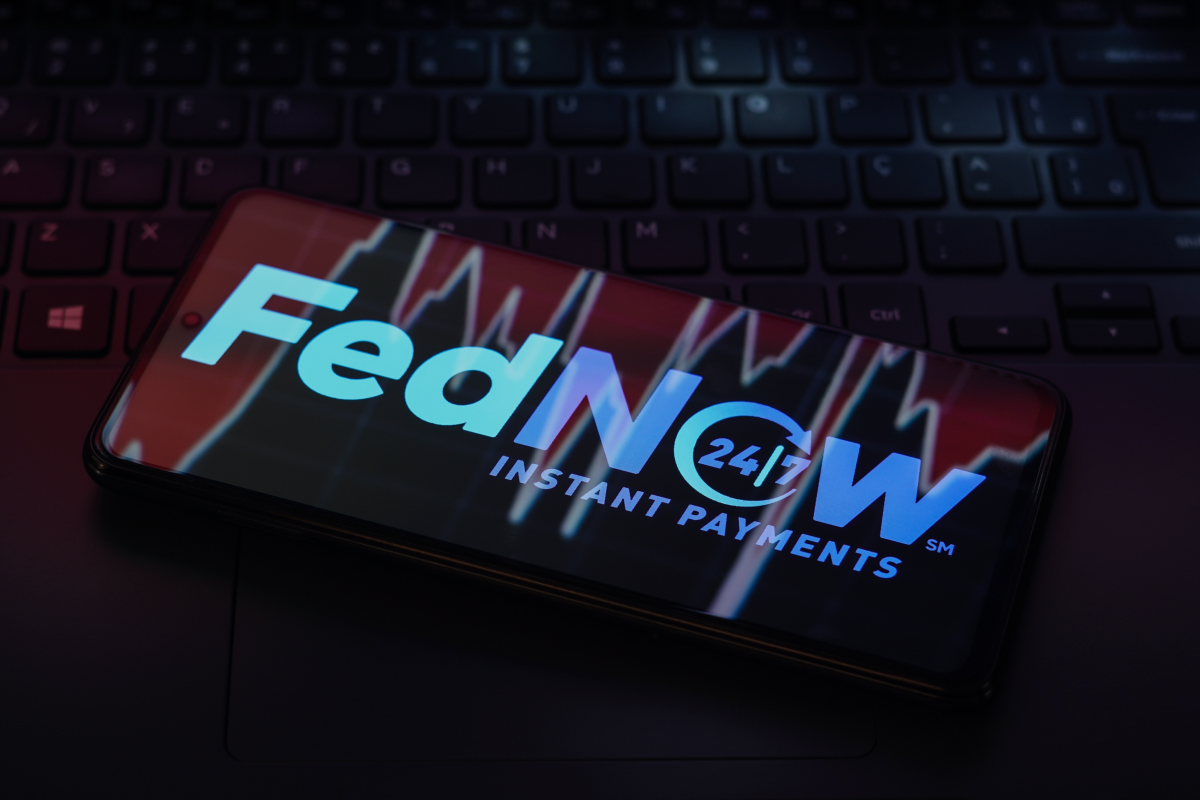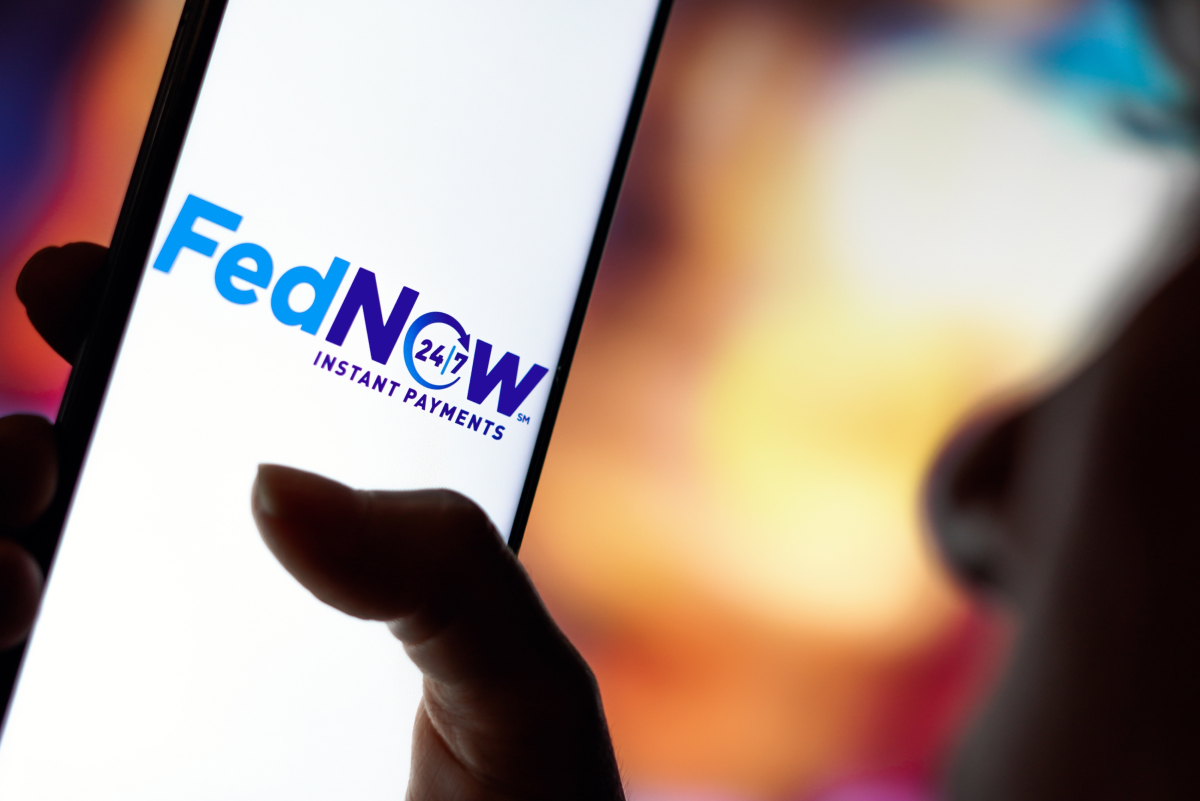Launched in July 2023, the Federal Reserve’s FedNow service has been a game changer in the U.S. payments landscape. As it enters its first year, it is important to understand its impact on financial transactions, particularly within the fintech sector.
With more than 900 financial institutions participating, including major players like Chase and Wells Fargo, FedNow is redefining the future of payments in America.


Real-time payments vs ACH
FedNow represents a significant shift from the existing Automated Clearing House (ACH) system to real-time payments, ensuring that transactions are processed immediately, 24 hours a day, 7 days a week. This immediacy is critical, as ACH, while effective, typically takes one to two business days to complete a transaction.
In contrast, FedNow offers a faster, more efficient alternative that processes payments in seconds, bringing the U.S. into line with global payment standards. By mid-2024, FedNow’s adoption rate has already grown faster than The Clearing House’s RTP network, demonstrating its growing influence.
How FedNow Works
FedNow facilitates real-time transactions directly from financial institutions of all sizes, acting as an intermediary between the sender and recipient’s bank. It processes payment messages, debits, and deposit accounts in seconds. Operating 24/7, FedNow supports seamless and secure transactions, ensuring users never experience interruptions in their banking.
The system also supports ISO 20022, a global messaging standard that improves data transmission with richer, more structured information and further ensures the security and efficiency of transactions.
Key Features of FedNow
- Pay immediately: Payments are processed in seconds, providing instant funds availability. This feature has generated significant interest from businesses, with 90% reporting that instant payments are important to their banking decisions.
- Wide accessibility: Available to both individuals and businesses, transaction limits are initially set at $100,000 per transaction but can be expanded up to $500,000, giving FedNow the flexibility to meet a variety of needs.
- Enhanced Compliance: Support for ISO 20022 enables richer and more structured data transfer, which is essential for meeting global payment standards and improving transaction transparency.
Growth and milestones for 2024
FedNow has surpassed significant milestones since its launch. By mid-2024, the system will have onboarded approximately 900 financial institutions across all 50 states, reflecting rapid adoption.
The Fed ultimately aims to connect about 8,000 of the nation’s 10,000 banks and credit unions, giving a glimpse into just how ambitious FedNow’s reach could be.
However, some major banks, including Bank of America and Citigroup, have yet to adopt the system, showing continued challenges to achieving widespread adoption.


Opportunities and Challenges
FedNow presents a huge opportunity, especially in the B2B sector, where instant payments can revolutionize financial operations. The ability to execute payments that require “speed, certainty, and irreversibility” positions FedNow well for use cases such as digital wallets, payroll, and payroll access.
However, there are still challenges, such as a $500,000 transaction limit, which may prevent larger business transactions, and a lack of interoperability with other real-time payment systems, which may slow widespread adoption. Fintechs should also consider fraud prevention strategies when integrating FedNow into their products.
Future Prospects
As FedNow continues to grow, it is essential that fintech companies develop strategies to integrate this new payment system. The Federal Reserve’s ongoing efforts to increase the system’s appeal to corporate customers, particularly in facilitating B2B payments, are expected to drive further growth.
According to Elisa Tavila, director of debit payments at Javelin Strategy & Research, “There’s still a long way to go to get this system widely deployed and adopted, similar to what we do today with ACH. I think widespread adoption will be a gradual process.”
FedNow has the potential to transform both consumer and business payments, and is poised to play a central role in the future of finance.
Last words
FedNow’s first year has been a huge success, with significant adoption and integration into the U.S. financial system. But the journey is only just beginning.
For fintech companies, now is the time to act and capitalize on the opportunities that real-time payments offer. Those that do will be well-positioned to lead the evolving financial landscape.


